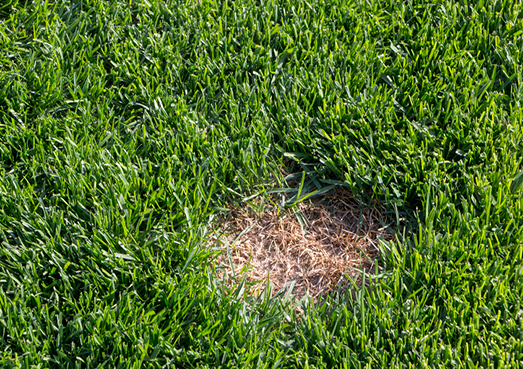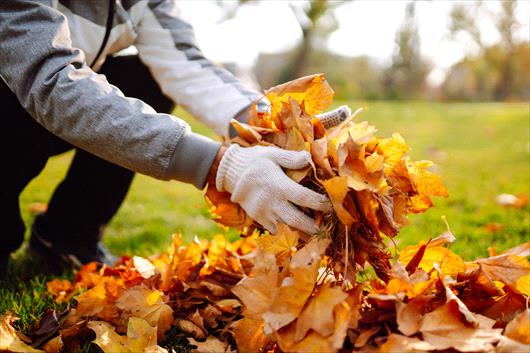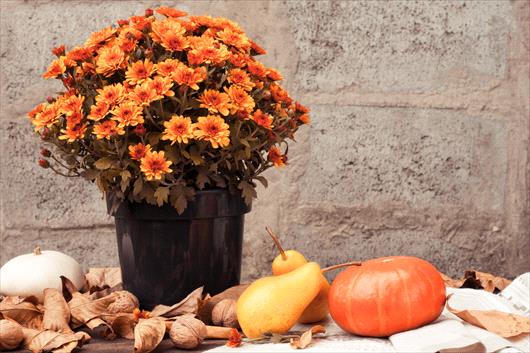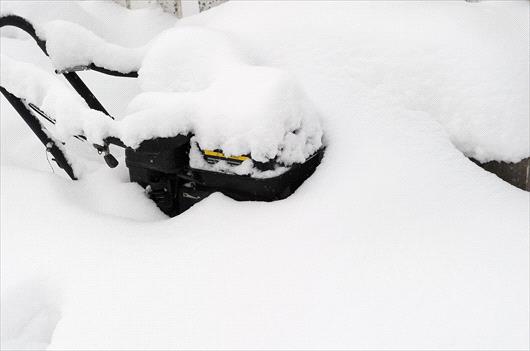Your Cart

Winterize Your Home: An Indoor-Outdoor Checklist for the Changing Seasons
Nov 08, 2024
An Indoor-Outdoor Checklist for the Changing Seasons
As temperatures begin to drop with the changing seasons, you might be thinking: goodbye, yardwork! But before you settle in for a cozy winter, there are a few tasks you’ll want to take care of in order to prepare your home and yard for the colder months. Here’s your indoor-outdoor checklist for winterizing your home and yard. Drafty cracks and holes in your home will not only make your heating less efficient; they also mean pests can find their way into your home. To block drafts and pests, head to your local hardware store and pick up caulking and weather strips. Use the caulking to fill in any small holes or cracks around your windows and then place the weather strips along the edges of your front, back, and side doors. In the winter, heat escapes through your attic, so it’s a good idea to check and improve your attic insulation in order to make your heating more efficient. Also insulate any pipes that are susceptible to freezing and bursting. You can also install insulated window covers (or hang thicker curtains) to minimize loss of heat through your windows. Reversing your ceiling fans for winter can also help heat your home more efficiently. Did you know that home fires are more common in the winter months? Check your smoke detectors and replace batteries as needed. Make sure you are taking appropriate safety precautions to reduce the risk of fire in your home. Change your HVAC filters regularly and clear your dryer lint filter with every load. You’ll also want to test your carbon monoxide detector and replace batteries as needed. Before winter weather, remove leaves and debris from your gutters. Clogged gutters will not be able to properly clear rain and melted snow from your roof, resulting in unnecessary wear and tear on your roof and gutter system. Cut away dead branches or heavy branches that could become a hazard. During winter storms, heavy branches can fall and cause damage to your home and property. Just be careful not to over-prune your tree right now, because the cuts may not have time to heal before the harsher growing conditions of winter. Future you will thank you for cleaning your patio furniture before you put it away–it will be ready for lounging at the first signs of spring! If you have wood furniture, you’ll also want to treat the wood with oil. If you do not have space to store your patio furniture in a garage or shed, cover the furniture to protect it from rain, snow, ice, salt, and other winter conditions. If you do not have dedicated furniture covers, you can use plastic shrink wrap or tarps. Rake or mulch fallen leaves, and clear any other debris like twigs and toys. Leaving these items on the lawn over the winter can smother and suffocate the turfgrass and provide a moist home to damaging organisms, making the lawn more susceptible to winter damage like disease and pest infestation in the spring. When you reach the end of your seasonal watering regimen, stow your garden hose for winter. Remove all exterior hoses, drain them entirely, and store them somewhere safe, like a garage or shed. To protect your spigot, shut the valves and insulate the spigot with some kind of covering. You can purchase a faucet cover at the hardware store, or you can DIY your own using a blanket secured with a plastic bag and tape.Indoor Checklist
Seal Drafty Cracks and Holes
Check Your Insulation
Test Smoke Detectors
Outdoor Checklist
Clear Your Gutters
Trim Shrubs, & Trees
Clean and Store Patio Furniture
Clear Leaves and Debris from Lawn
Stow Your Hose
Winterize Your Lawn Equipment
Remember the golden rule of mowing: if the grass is still growing, keep mowing! And when it’s time to pack up your mowing equipment for the year, make sure you winterize your mower before you put it away. With some simple maintenance, you’ll extend the life of your machine, prevent malfunctions, and ensure a successful start-up come next spring. Read our full guide on preparing your mower for winter storage for tips on inspecting the blades, cleaning the undercarriage, draining the fuel tank, replacing spark plugs & filters, and storing your machine.
 English (USA)
English (USA) Français (CANADA)
Français (CANADA)





